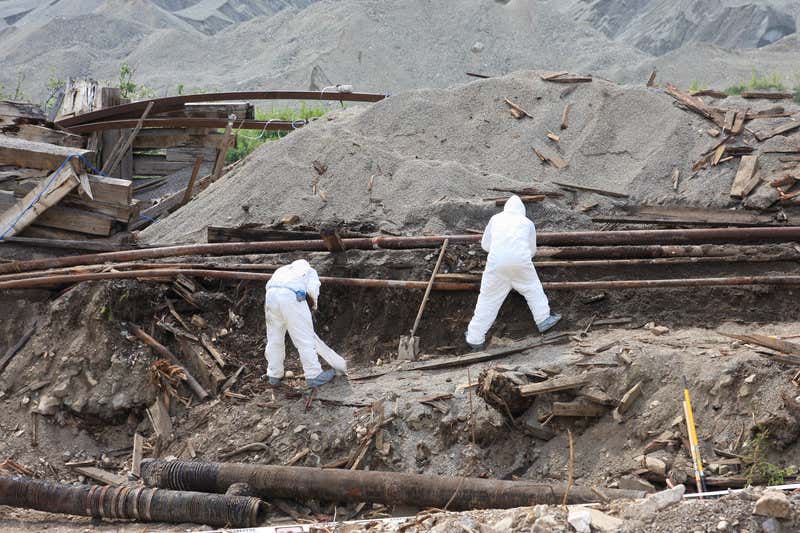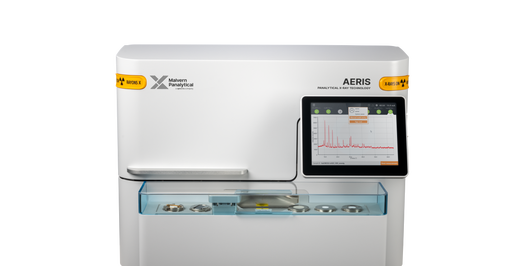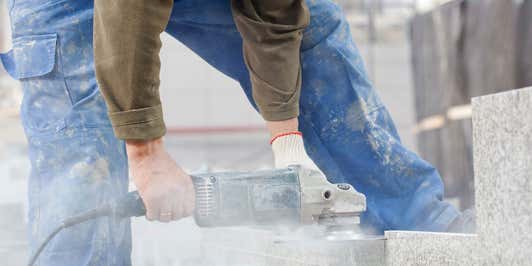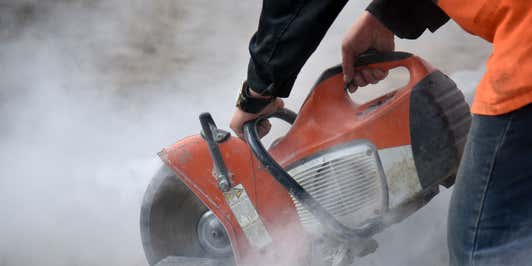
Respirable silica monitoring


Respirable crystalline silica is formed when a silica-containing material is mechanically treated, as the treatment causes the formation of dust consisting of tiny silica particles a few microns large. These mechanical treatments include quarrying, tunneling, silicon mining, brick and tile making, stone- and concrete-cutting, construction and demolition works, foundry work, and grit- and sand-blasting.
Because the particles in respirable crystalline silica are less than 10µm in aerodynamic diameter, they are small enough to reach the deeper areas of our lungs when inhaled. This causes various lung conditions, such as lung cancer and chronic bronchitis. As such, crystalline silica dust is a major concern for suppliers and manufacturers, who want to ensure safe working conditions for their employees – as well as safe-to-use products for consumers. What’s more, when monitoring respirable crystalline silica dust, norms compliance is also critical for health and safety certification.
Historically, several analytical methods have been used to measure levels of respirable crystalline silica, including atomic absorption, calorimetry, gravimetry, microscopy, Fourier-transform infrared spectroscopy (FTIR), and X-ray diffraction (XRD). Most of those methods became unpopular due to low sensitivity. Today, XRD and FTIR are the most sensitive methods that comply with existing norms for respirable silica analysis.
Of the two, XRD is generally considered more accurate when identifying crystalline silica quartz polymorphs, as well as when distinguishing between confounding minerals which may also be present. For example, OSHA ID-142 defines XRD as the only accurate technique to measure crystalline silica levels in various types of industrial dust. This method is similar to NIOSH Method 7500.
Our Empyrean and Aeris diffractometers can offer XRD solutions for respirable crystalline silica analysis. The Aeris is a compact XRD which can be placed next to mine sites. Thanks to its automated analysis, it provides information on respirable crystalline silica levels in just a few minutes – with no need for additional XRD expertise. The Empyrean advanced XRD platform is used by service laboratories for certification purposes.
XRD is less prone to mineral interferences and can accurately analyze both the α-quartz and cristobalite polymorphs of RCS. The Aeris XRD allows for semi-automation of measurements. Its ease of use and sensitivity comply with the low limits of detection. Hence giving greater confidence in the results, so that timely decisions can be made to safeguard workers from overexposure to respirable crystalline silica.
Carl Strautins — Safe Environments Certified Occupational Hygienist




